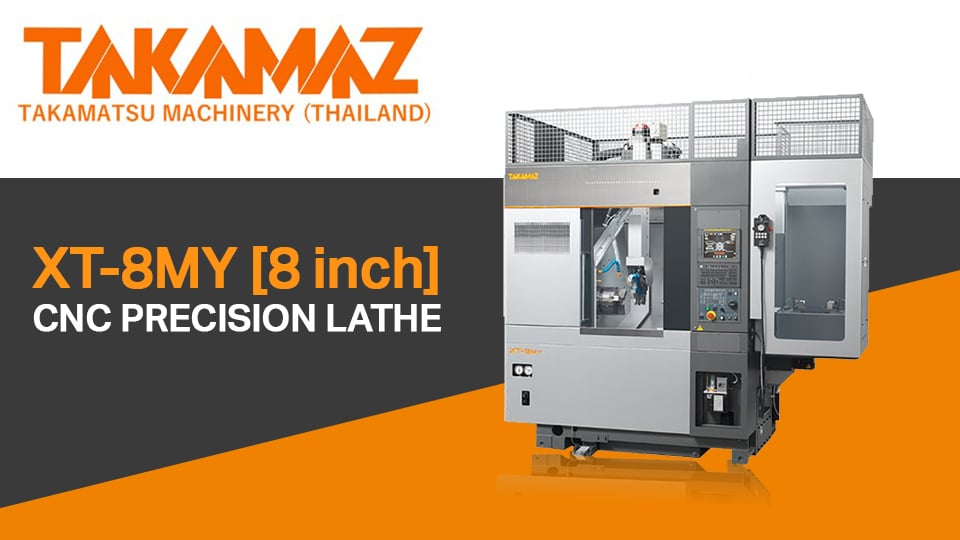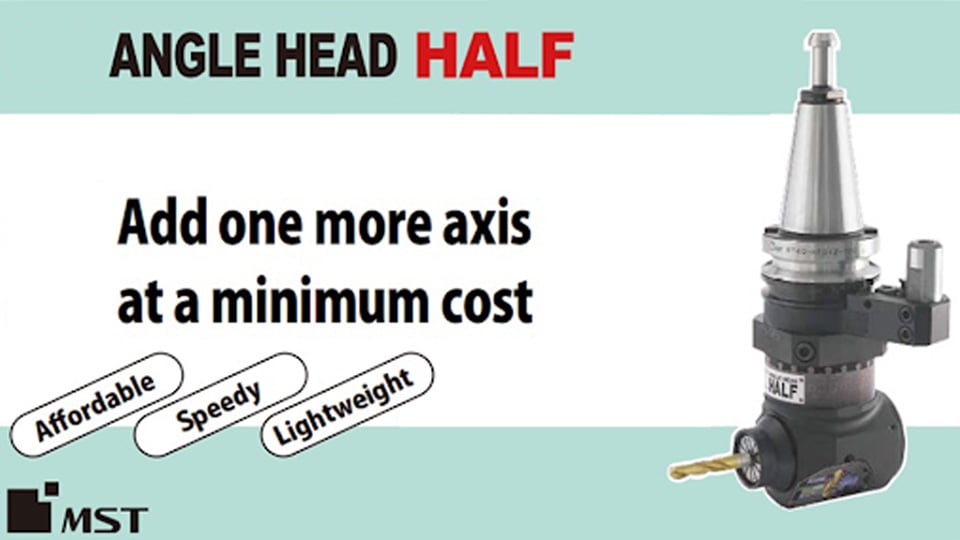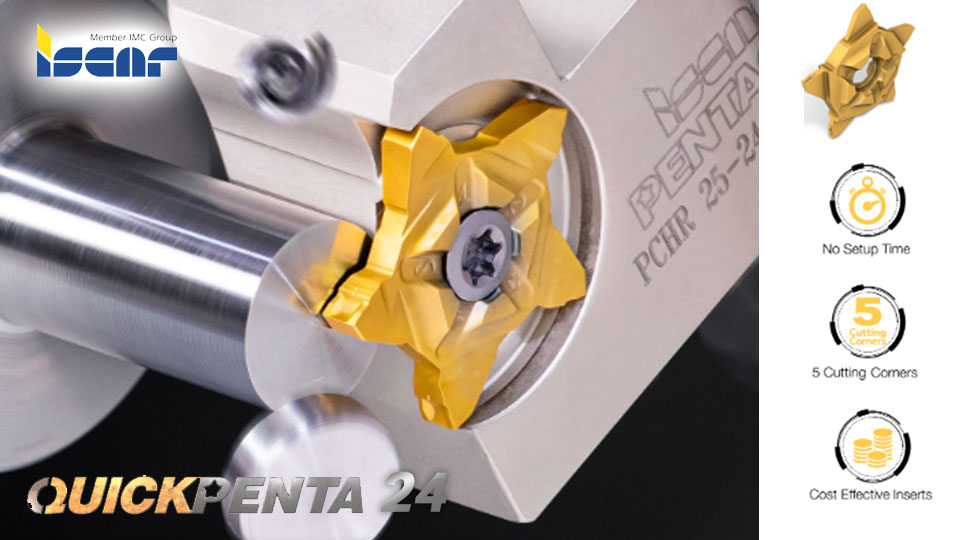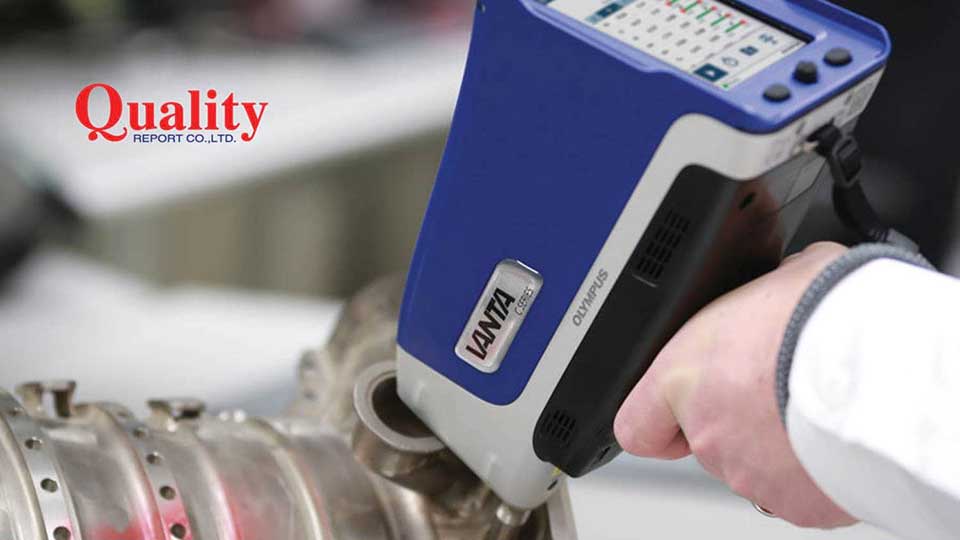
Tesla Gigafactory To Be The World’s Biggest Battery Factory
By the end of 2018, Panasonic will raise the production capacity of “Tesla Gigafactory” in Nevada, USA, which is a battery factory that jointly operated with Tesla, to become the world’s biggest battery factory.
Panasonic aims to raise the production capacity of battery cells by 30% or to 35 GWh/year to supply batteries for Tesla’s “Model 3” electric vehicles (EV). Despite the production problems since 2017, it has been continuously succeeding in solving them, which results in the decision to expand its production infrastructure. After a year’s delay, the world’s biggest battery factory is about to complete.
Panasonic will add 3 production lines for lithium ion battery cells to sufficiently supply to Tesla’s Model 3 cars, of which production capacity is currently at 5,000 units per week. With the addition, Panasonic will have 13 production lines in total. The new production lines will be 20-30% more efficient. It is expected that Panasonic will have to invest 5 billion U.S. dollars (or about 550 billion yen) in Tesla Gigafactory, or approximately equal to 30% of the company’s whole investment. Panasonic and Tesla will share the responsibilities of battery cell production: the pre-process and the the post-process, respectively.
Up until the summer of 2017, Model 3 had been very popular with the pre-order volume of over 500,000 units. However, Tesla struggled with transforming the production infrastructure into full-scale automated production systems, resulting in that the production volume of up until May was only 300,000 units. The production delay occurred in the battery production as well and has become one of the management problems for Panasonic.
Later in June, Tesla rapidly increased the production of Model 3, achieving 5,000 units per week. Panasonic was forced to respond to convert secondary battery cells to be compatible with Model 3.
As a result, Panasonic is aiming to increase the production capacity for battery cells to 35 GWh a year in order to be in line with the Model 3 production capacity of 5,000 units per week.
Tesla has determined to produce 10,000 units per week of Model 3 in the future. This will force Panasonic to expand the factory and increase the production capacity for battery cells to 50 GWh later on. However, with Tesla’s current trouble with cash flow, it is unclear if this idea will be realized.






